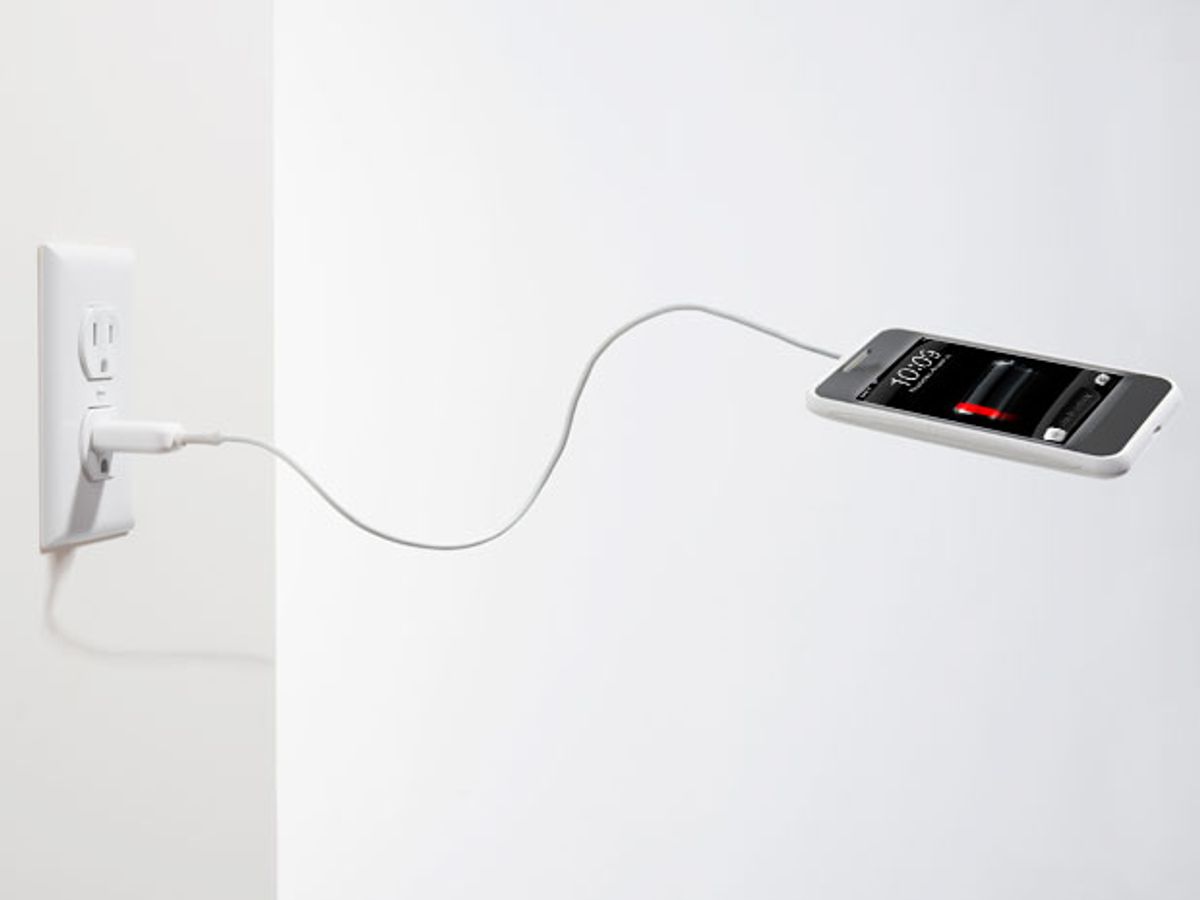When you plug your smart phone into the wall, it draws a negligible amount of energy compared with other household electronics such as your set-top box or refrigerator.
But add in the amount of electricity it takes to move data across networks to deliver a total of, say, an hour of video to your smart phone or tablet each week, and over a year it adds up to more power than two new Energy Star refrigerators consume in a year.
And though phones and other electronics and appliances are becoming ever more efficient, that efficiency does not offset the proliferation of these devices around the world.
A new paper, “The Cloud Begins With Coal: Big Data, Big Networks, Big Infrastructure, and Big Power," [PDF] investigates the energy draw of information-communications technologies (ICT) and how they are dwarfing what we traditionally think of as energy hogs in the home. The paper was commissioned by the U.S. National Mining Association and the American Coalition for Clean Coal Electricity.
The global ICT ecosystem uses about 1500 terawatt-hours of electricity annually, which is equal to the electricity used by Japan and Germany combined. That figure will only increase, especially as cloud architecture overtakes wired networks.
The study notes that the growth in power demand attributable to these gadgets doesn't just come from people watching videos on tablets. It is driven also by “revolutions in everything form healthcare to cars, and from factories to farms.”
The energy to meet the needs of industrial and consumer applications has to come from somewhere. Data centers, wireless base stations, and wired networks are largely powered by coal, which is still the world's predominant fuel for electricity generation.
The study argues that a 50-megawatt enterprise data center in Iowa that gets 70 percent of its energy from coal and 25 percent from wind will cost US $350 million less to run over its lifetime compared with one in California, with no coal in its energy mix.
But even if the cloud is coal-fired today, that might not be the case down the road if environmental regulations eliminate the favored position of coal generation enjoys because of its low cost. The U.S. Environmental Protection Agency Is weighing a cross-state air pollution rule, which is currently on hold until further ruling; a rule regulating mercury and other heavy metals is scheduled to go into effect in April 2015. President Obama has also called for existing coal-fired power plants to meet more stringent greenhouse gas emissions standards.
And in India, the second largest mobile market after China, 75 percent of rural and 33 percent of urban cellphone base stations will need to run on alternative energy by 2020. In some areas that are seeing explosive growth in mobile networks, such as India and China, it might make more sense to power rural base stations with renewable energy than extend the grid.
Energy efficiency could also help stem the growth in electricity demand. “In order for worldwide ICT electric demand to merely double in a decade,” writes Mark Mills, CEO of Digital Power Group and author of the paper, “unprecedented improvements in efficiency will be needed now.”
That work is already underway. By 2015, the GreenTouch Consortium, run by Bell Labs, plans to make ICT networks 1000 times as efficient as those that were in operation in 2010. While the group might not reach the goal by 2015, Thierry Van Landegem, chairman of GreenTouch, said earlier this year that reducing energy consumption in networks by 90 percent by 2020 is well within their reach.
“We are extremely proud of the progress we’ve made in our first three years, yet there is still much more we can do to improve efficiencies and effectively reinvent technologies in the name of environmental stewardship,” Van Landegem said in a statement. “Reducing energy by 90 percent is conservative as we have many projects underway whose effects were not taken into account in that number.”
Photo: Getty Images



